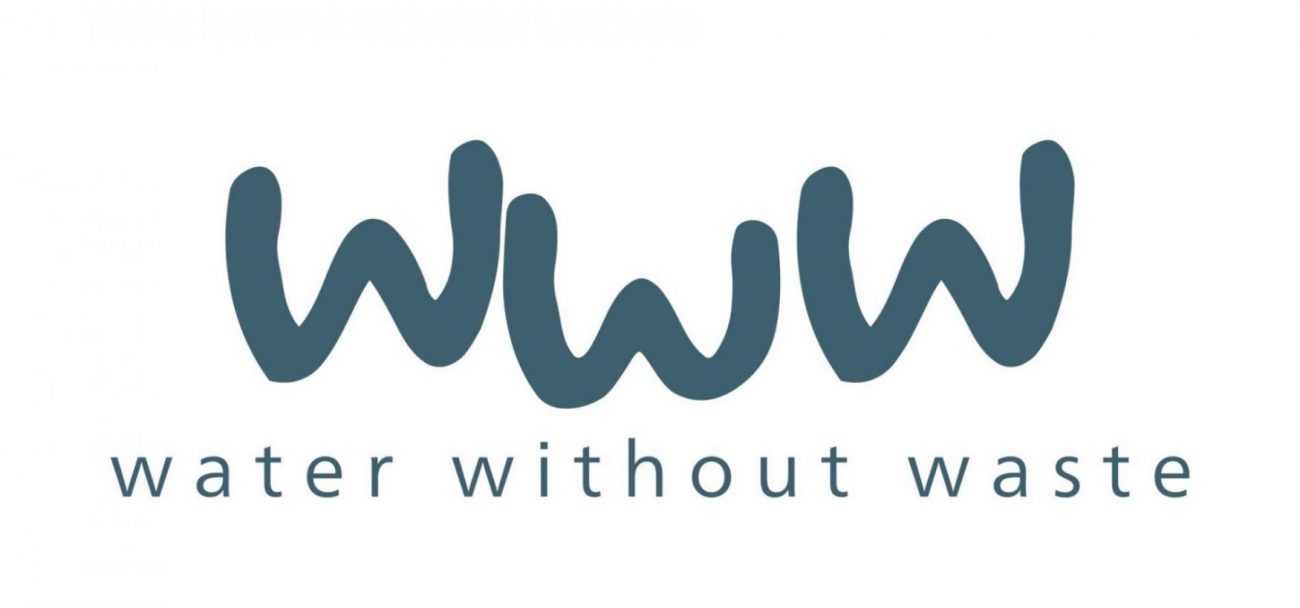What is healthy drinking water? Unfortunately there is no national nor international authority setting standards for truly healthy drinking water. In general we have to differentiate between water service providers (WSP), the bottled water industry, several schools of self educated groups or individuals and commercial enterprises promoting their solutions.
Bottled water
For a long time bottled water enjoyed an image of being healthy. However, the World Health Organization (WHO) published years ago already scientific research showing evidence of plastic particles in bottled water of all different brands. In the beginning of 2024 the quantities of plastic particles found in plastic bottled water exceeded our worst thoughts, 240.000 pieces of micro particles on an average were found in 1 liter of plastic bottled water.

Besides the inherent carbon footprint and pollution problematic behind bottled water, it is far from being a trustworthy source of healthy drinking water. This collective misconception is related to the mighty marketing power of the main players in this industry. From a regulatory point of view, bottled water belongs to the food and beverage industry, thus has to follow softer guidelines than Water Service Providers (WSP’s), without public interest. While few of the known brands on the market source their product from artesian springs with truly healthy natural water without further treatment (only those can be labeled as mineral water) most bottled water is subject to treatment by the same technologies available to the domestic market. Unfortunately, in some parts of this world bottled water is just tap water or of even worse quality.
Independently to the initial water quality, once filled into a plastic bottle the water is subject to contamination leaching from the bottle itself. In the most cases it will be a PET bottle, leaching BPA (Bisphenol A) besides other carcinogenic chemicals. The full scientific article: contamination from PET bottles
Mains water
Water Service Providers have a public mandate to supply “potable water” to communities of all sizes. Most nations lean on the WHO guidelineshttp://www.who.int/water_sanitation_health/dwq/gdwq0506.pdf, make there national version public and indeed take great efforts to fulfill their mandate as a public institution or in collaboration with private organization. (Sadly we recognize a global shift to privatization which hikes prizing and dumps quality standards)
Commonly, these standards are set to provide drinking water, yet paradoxal, it is not trusted or tasty and many people buy bottled water to drink.
Realizing the shear volume each WSP has to provide on a daily basis throughout kilometers of piping in questionable conditions, more and more frequently issues with the quality and quantity of the source water, at publicly set prizing recognize their challenges.
Further, these guidelines exclude certain contaminations found in traces such as pharmaceutical residues, disinfection byproducts (from chlorine for example) and many more.
Fortunately there are sustainable and healthy drinking water solutions that are as well more economic than plastic bottled water.
.

You must be logged in to post a comment.